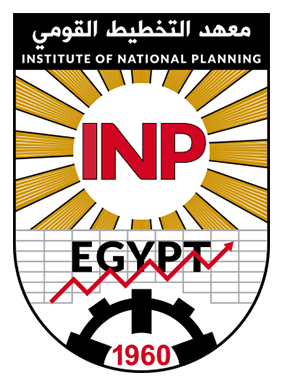An introduction to economic dynamics : modelling, analysis and simulation / Srinivas Raghavendra & Petri T. Piiroinen.
نوع المادة : نصالسلاسل:Routledge advanced texts in economics and financeتفاصيل النشر:New york United Nation 2023وصف: 237pages 22cmتدمك:
نصالسلاسل:Routledge advanced texts in economics and financeتفاصيل النشر:New york United Nation 2023وصف: 237pages 22cmتدمك:- 9780367341893
- 339.5 23/eng/20230317 R. S
| نوع المادة | المكتبة الرئيسية | المجموعة | رقم الطلب | حالة | تاريخ الإستحقاق | الباركود |
|---|---|---|---|---|---|---|
 كتاب
كتاب
|
Library INP Main Reading Hall | EN Book | 339.5 R. S (إستعراض الرف(يفتح أدناه)) | المتاح | 023946 |
Browsing Library INP shelves, Shelving location: Main Reading Hall, Collection: EN Book إغلاق مستعرض الرف(يخفي مستعرض الرف)
| 339.5 M.F Macroeconomics : | 339.5 m i International economics Integration : | 339.5 o e OECD Guidelines on measuring subjective well-being / | 339.5 R. S An introduction to economic dynamics : modelling, analysis and simulation / | 339.5 T . M Macro models for developing countries / | 339.509595 D A Adjustment and equity in Malaysia / | 339.52 c p Post-crisis fiscal policy / |
Includes bibliographical references and index.
"An Introduction to Economic Dynamics provides a framework for students to appreciate and understand the basic intuition behind economic models and to experiment with those models using simulation techniques in MATLAB. This book goes beyond the often-limited scope of other texts on economic models, which have largely focused on elucidating static equilibrium models. Comparative static analysis inhibits students from asking how the equilibrium position is achieved from an initial out-of-equilibrium position and limits their understanding of the dynamics that underlie such analysis. In this textbook, readers are introduced to ten well-established macroeconomic models - including Keynesian multiplier models, Samuelson's multiplier and Solow's growth model - and guided through the dynamical systems behind each model. Every chapter begins with an overview of the economic problem which the model is designed to help solve followed by an explanation of the mathematics of the model. Solutions are provided using simulation and visualisation techniques in MATLAB, which are interwoven organically with the analysis and are introduced in a step-by-step fashion to guide the reader along the way. Appendices provide an introduction to MATLAB along with all the necessary codes. The book is ideally suited for courses in economic dynamics, macroeconomic modelling and computational economics, as well as for students of finance, mathematics and engineering who are interested in economic models"--
 Institute of National Planning Catalog
Institute of National Planning Catalog
لا توجد تعليقات على هذا العنوان.